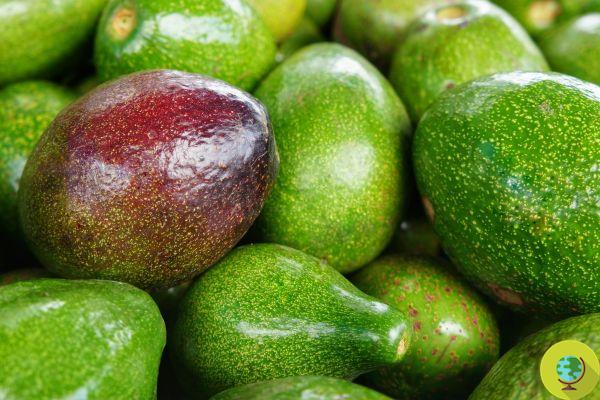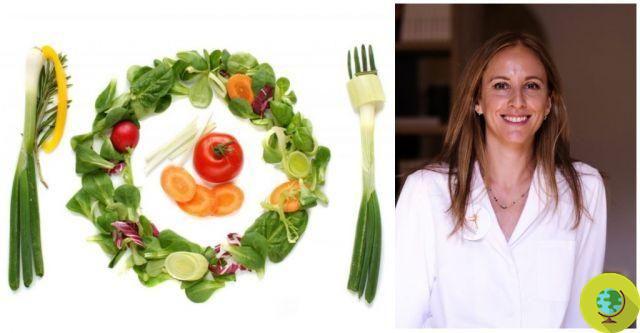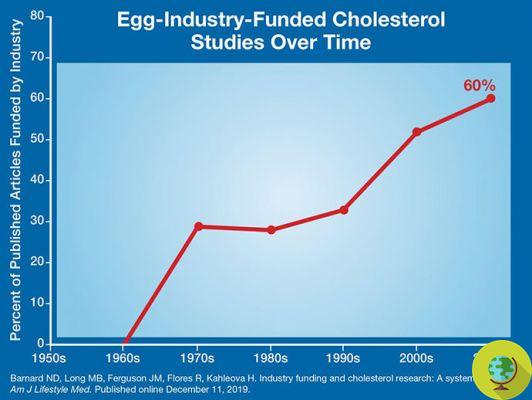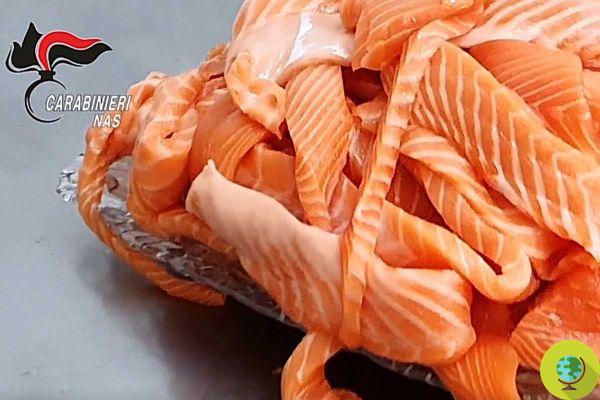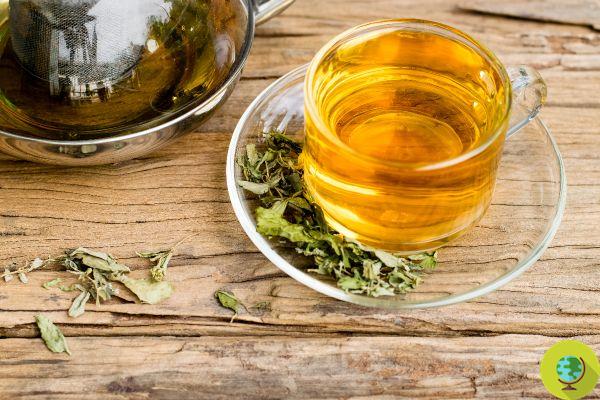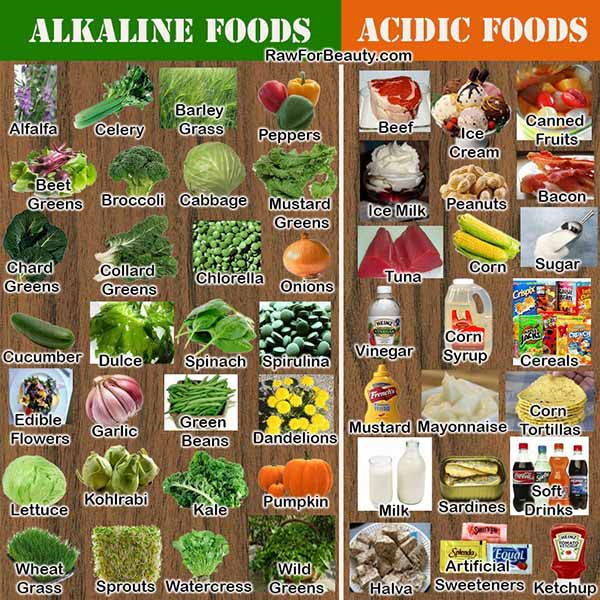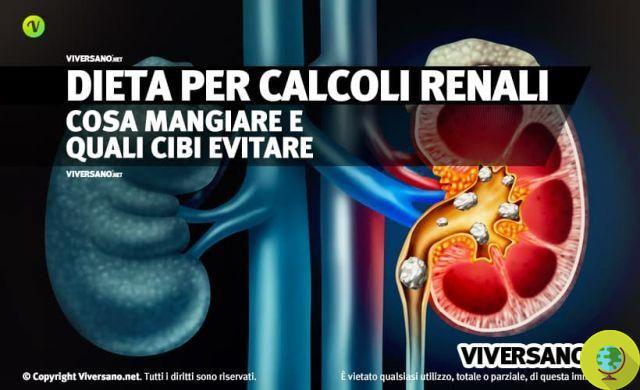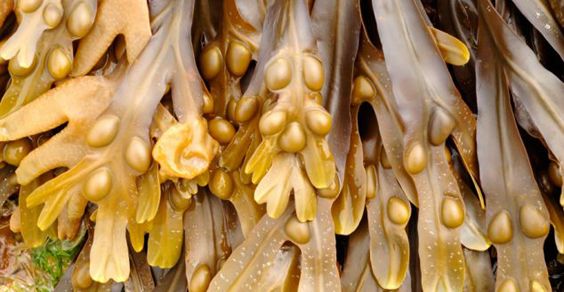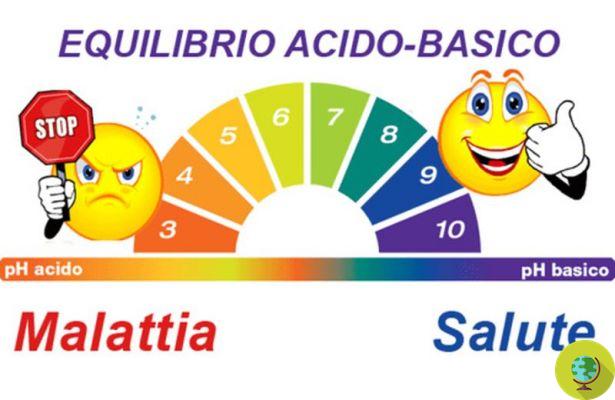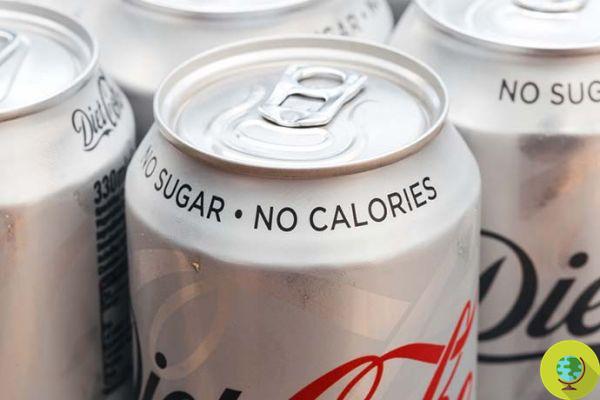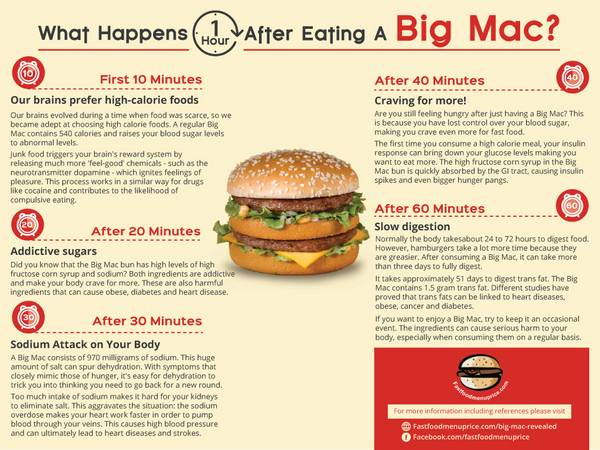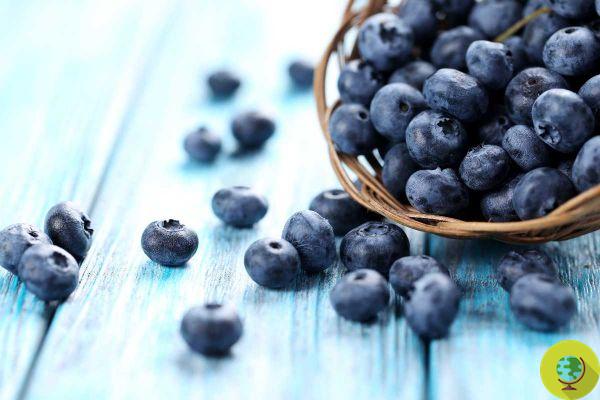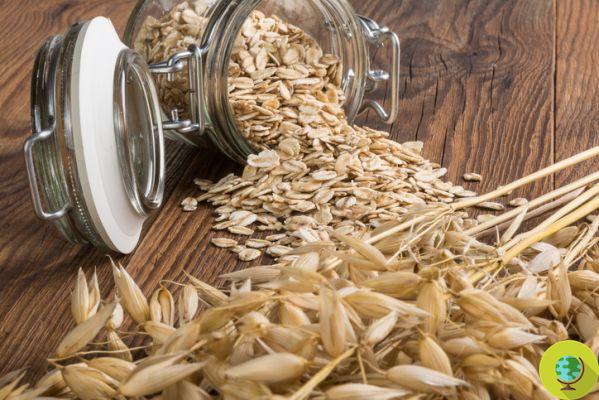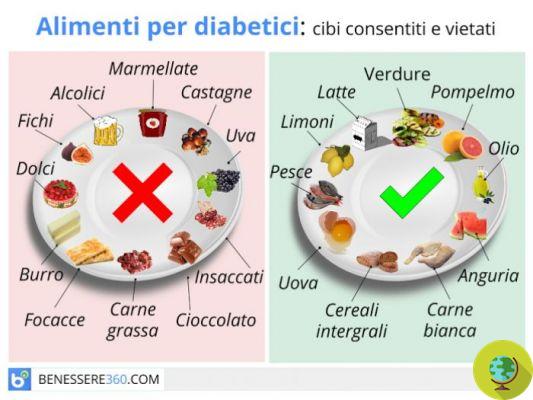
Acrylamide potentially increases the risk of food-related cancer. EFSA has launched an online public consultation, which will close on 15 September 2014. The aim is to collect opinions on the draft of its scientific document relating to the presence of acrylamide in food.
Don't store avocado like this: it's dangerous
THEacrylamide potentially increases the cancer risk related to nutrition. L'EFSA kicked off one public consultation online, which will close on 15 September 2014. The aim is to collect opinions on the draft of its scientific document relating to presence of acrylamide in food.
The document includes a assessment of dietary exposure to acrylamide and toxicological risks for human health. EFSA is open to comments from the scientific community and stakeholders, in the name of its transparency policy. Indeed, the acrylamide issue also involves food producers and restaurants.
EFSA will evaluate all comments it receives through its website only if they respond to specific criteria. The evaluation of theacrylamide in Europe, a substance of which we had already talked to you about the French fries and frozen foods and cancer risk. The double cooking process leads to a greater presence of carcinogenic substances, among which we find acrylamide, which it is formed when starchy foods reach high temperatures. The biggest problems would involve baking and frying starchy foods such as potatoes, but also crackers, bread and biscuits. Acrylamide develops in cooking process that leads to browning of foods.
As reported by EFSA on its own website, Swedish researchers discovered in 2002 that acrylamide occurs naturally in starchy foods during normal cooking at high temperatures. It develops from an amino acid called asparagine, present in many foods. Acrylamide also has widespread uses in the industrial field.
READ also: Cooking saving: the guide to cooking food in an ecological way
In the opinion of EFSA, per cooking at high temperatures are meant frying, baking and grilling and industrial processing the temperature higher at 150°C. Not only industrial preparation but also home cooking can have a substantial impact on the level of acrylamide we are exposed to through the diet.
Foods that contain acrylamide
- foods that contain acrylamide are coffee, fried potato products, including stick fries, croquettes and roast potatoes. These are the most important food sources of acrylamide, followed by biscuits, crackers, crusty bread and soft bread. Fried potato products represent the major source of exposure to acrylamide especially for children, who would be the largest consumers in the opinion of EFSA.
According to EFSA, studies conducted on human subjects so far have provided limited and conflicting evidence regarding the increased risk of developing cancers. However, laboratory animal studies have shown that dietary exposure to acrylamide dramatically increased the likelihood of develop gene mutations and tumors in various organs.
How to reduce exposure to acrylamide?
EFSA suggests that vary your diet a lot and cooking methods. So instead of frying and roasting, it could be steamed, boiled and sautéed. Then it would be good to enrich your diet with fresh fruit and vegetables, which are the symbol of healthy nutrition and prevention.
Even the FDA in the United States is addressing the acrylamide issue. On his website he reports that in a study conducted in collaboration with WHO experts, acrylamide is considered as one a source of concern for human health and long-term evaluations and studies are suggested to assess risks. The FDA in turn recommends a diet that is mainly based on fruits and vegetables, whole grains and low-fat foods.
Recommend adiet low in saturated fat, trans fats, cholesterol, salt (sodium) and added sugars). Also in the United States, according to what was communicated by the National Cancer Institute, the EPA is responsible for regulating the levels of acrylamide in thedrinking water and in materials that come into contact with food, but at the moment there are no government guidelines on the presence of acrylamide in foods.
As regards Europe, we will have to await the conclusion of the EFSA public consultation.
Marta Albè
Read also:
Do Precooked French Fries Cause Cancer? Blame the acrylamide
cooking of alimony: which pots and pans to choose? The pros and cons




